All the best to you during the holidays and beyond.
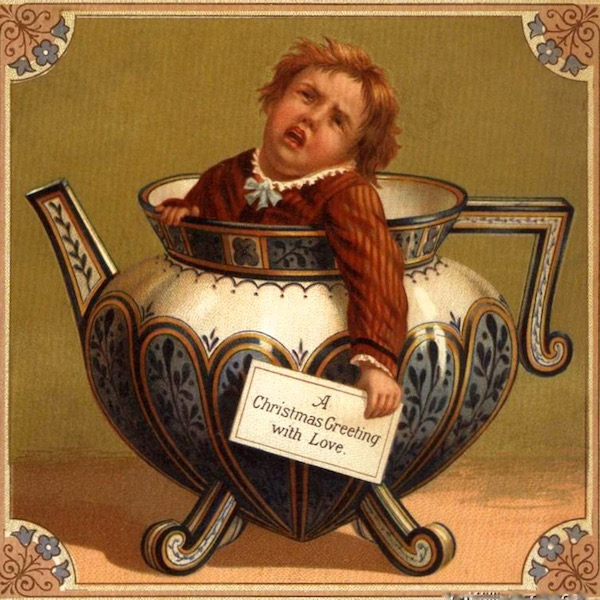
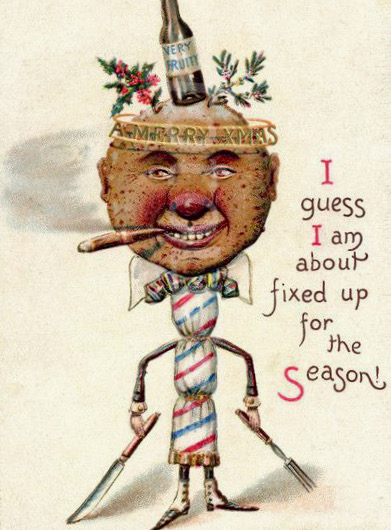
All the best to you during the holidays and beyond.


I purchased this sign over the summer and finally got around to hanging it above one of my display cabinets this weekend. Not sure what type of repairing it advertised, but I’d like to think it was for all types of inventive repairs. It measures approximately 39 inches wide and is made from wood. The applied letters, once painted a bright gold, have mellowed with age. The arrow, which hangs from chains, is a make-do itself, as the bottom half of the point broke off and was replaced.
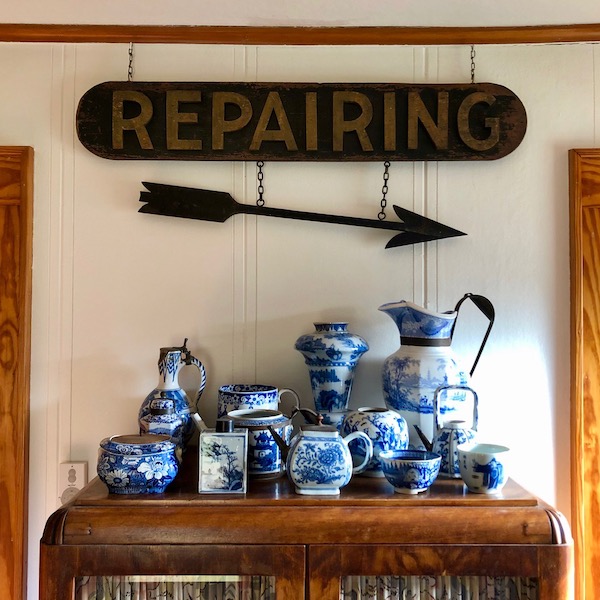
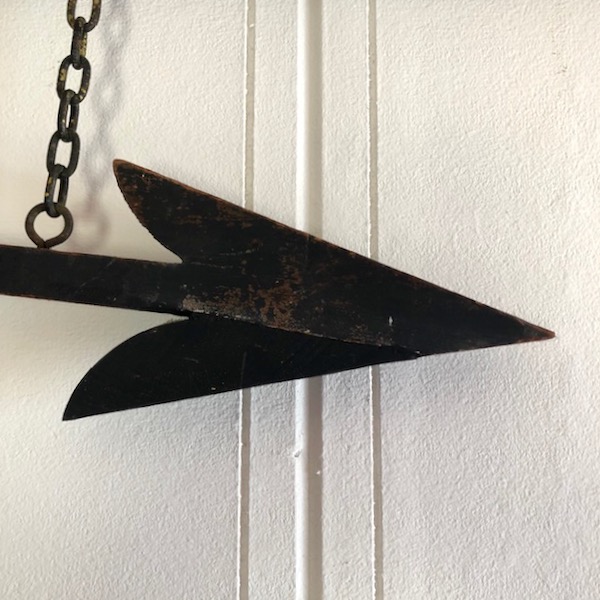
This petite brass candle holder with turned wood replacement base stands just 3.25 inches high. As there’s not much to go on here, it’s hard to know exactly what it looked like intact. It appears to have been made in England in the late 1800s.
I come across brass antiques with inventive repairs less frequently than ceramic examples, as they are more durable. Please click on these 3 other examples of brass candle holders I previously posted, each with interesting early repairs: Brass candle holder with wood base, c.1880, Brass candle holder, c.1880, Brass candlestick with nutty base, c.1875.
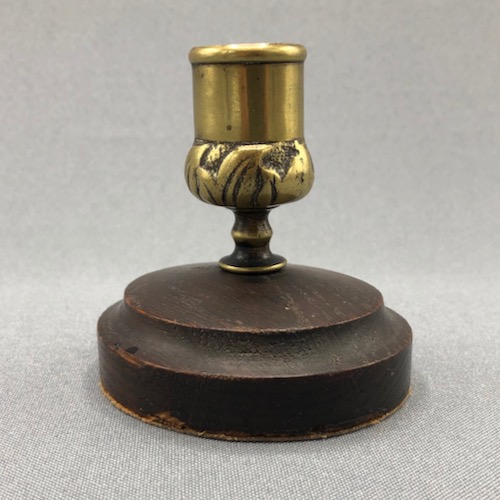
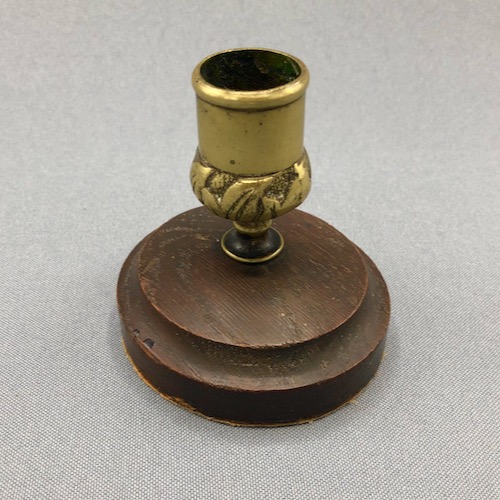
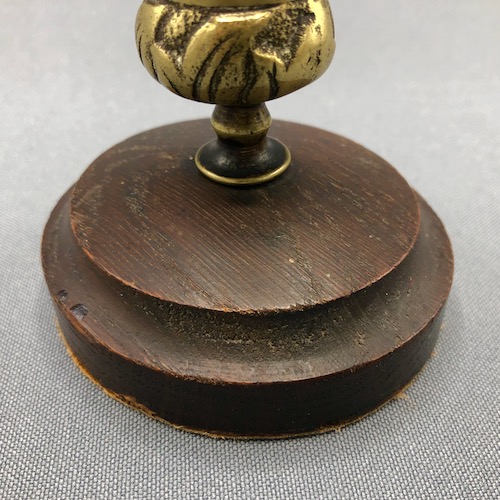
Unless I find an exact match to my remaining fragment, I can only imagine what the complete candle holder looked like. Here’s a grouping showing a multitude of different bases so let your imagination run wild.
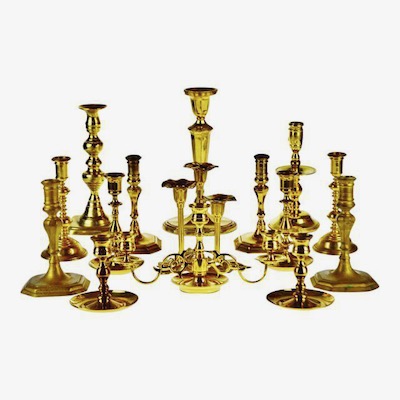
Photo courtesy of Birchard Hayes & Company
Could 2020 have been any scarier? With the double whammy of the worldwide pandemic still threatening our lives during one of the most polarizing US presidential elections in history, I think not.

Here are some of the scariest victims of metal staple repairs in my collection, no doubt inspired by Frankenstein’s monster himself.
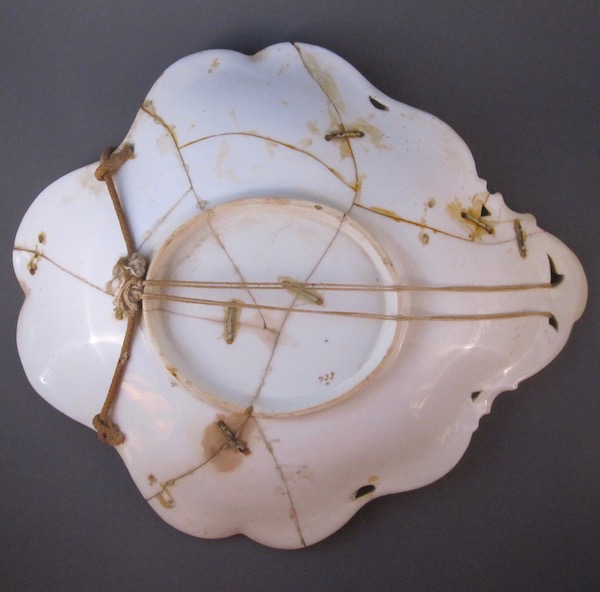
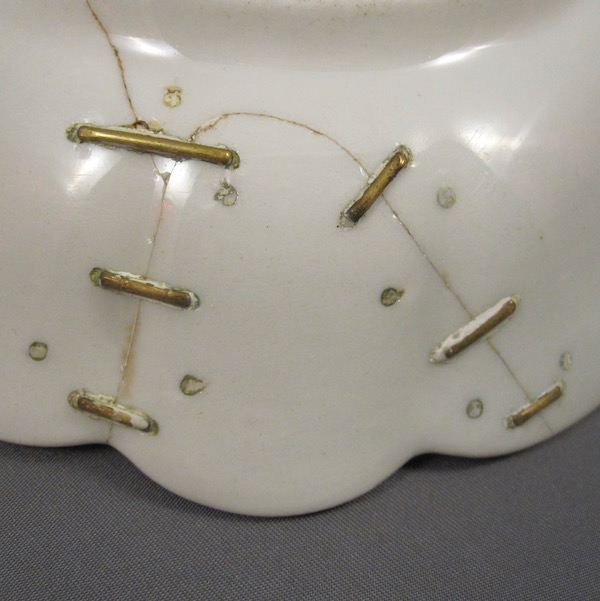
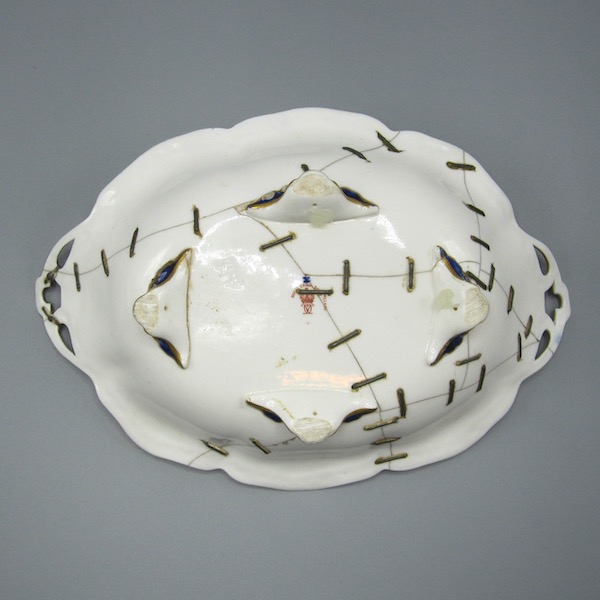
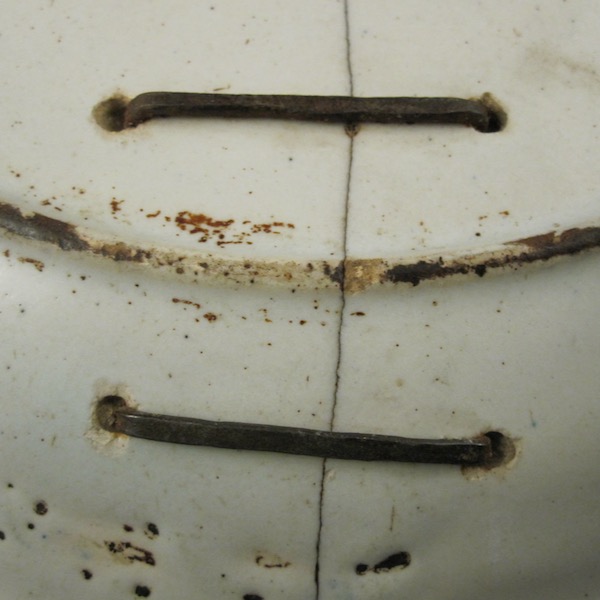
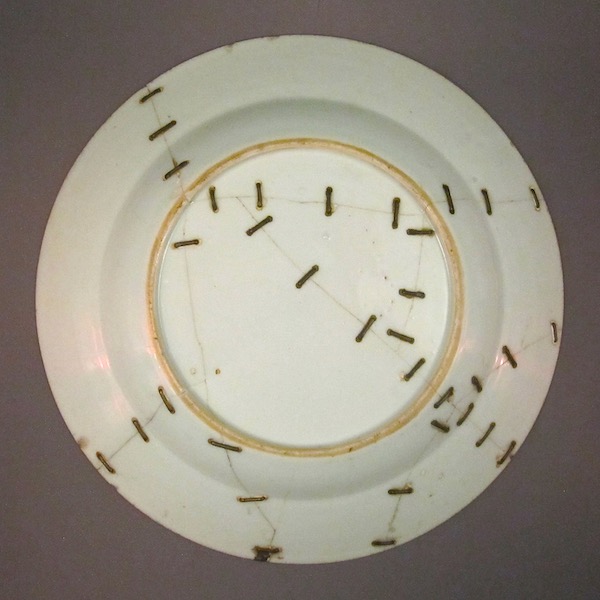
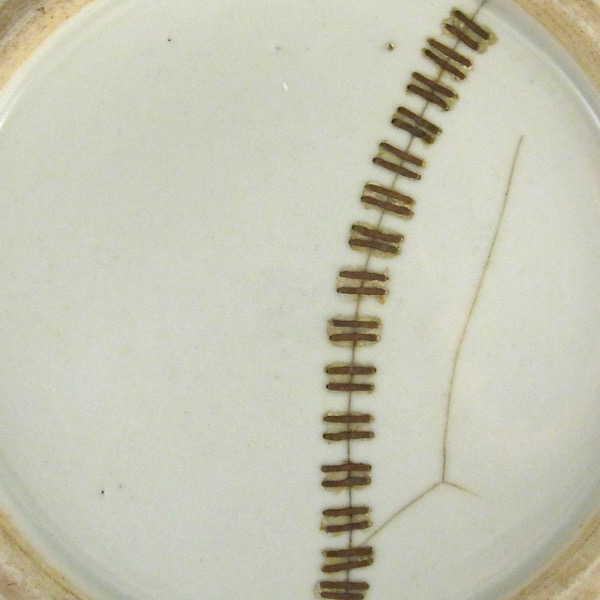
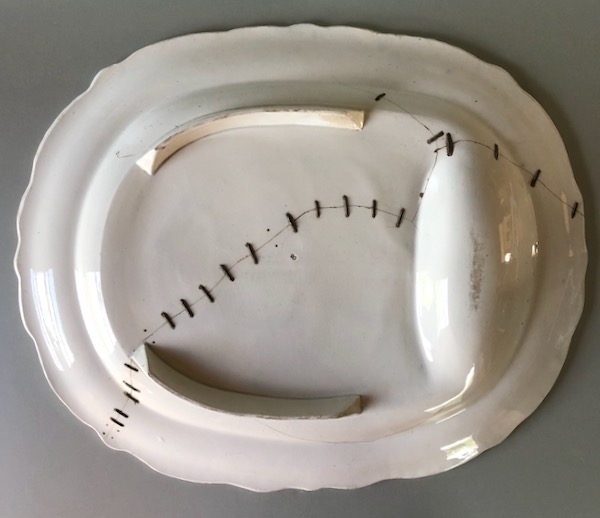

I’m going to assume the hidden side of the teacup is riddled with metal staples.
Have a spooktacular Halloween!

Boris Karloff photos courtesy of Universal Pictures